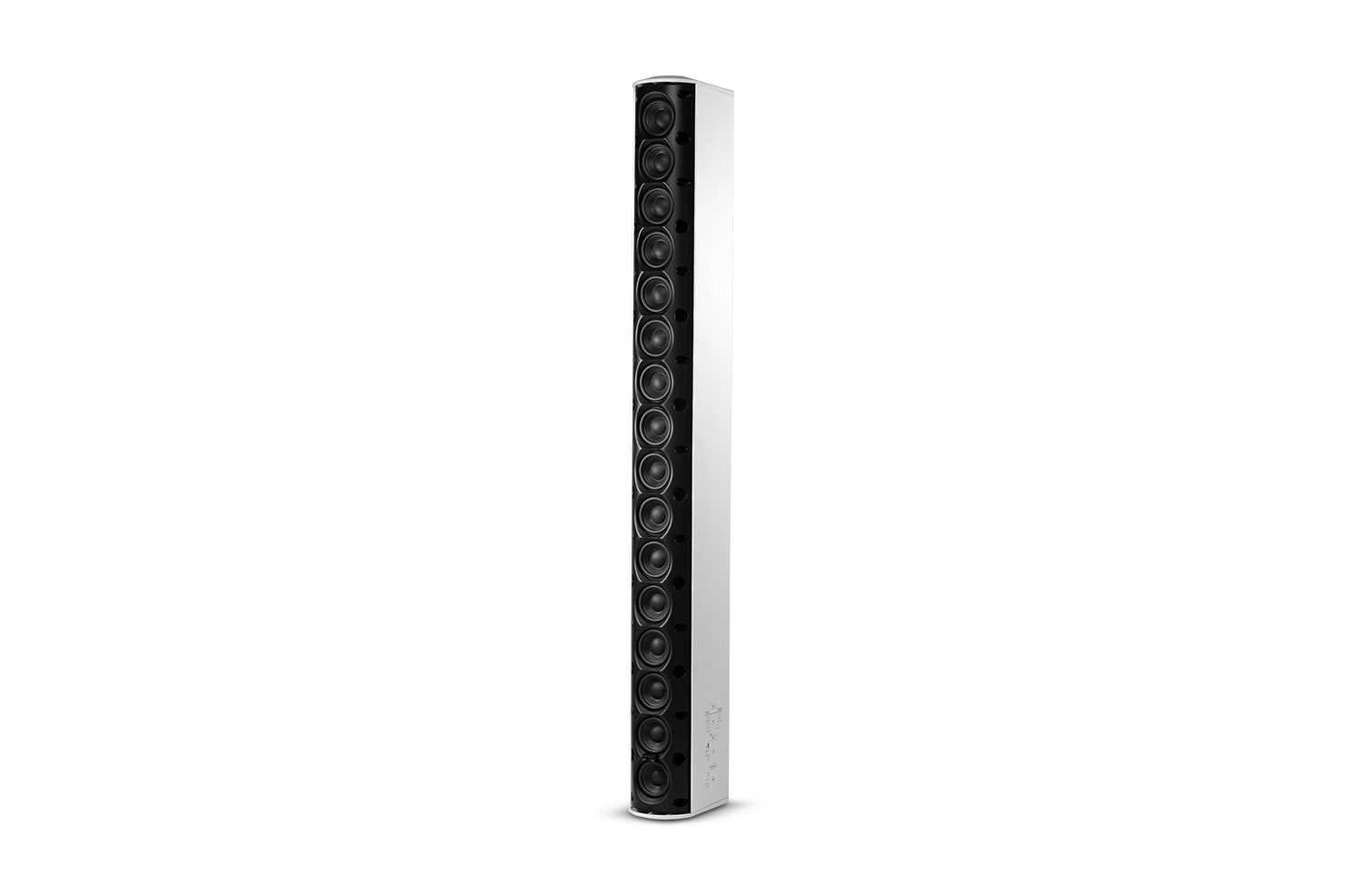一般人會認(rèn)為是音量開得太大聲了音響的揚聲器會受不了,因而把揚聲器弄壞,其實不然,有許多種情況都可能,而且,有錯誤的概念。下面就來講講原因吧。
Most people will think that the volume is turned on too loudly, and the loudspeaker of the stereo will be unbearable, so it will damage the loudspeaker. In fact, it is not true. There are many situations that are possible, and there are wrong concepts. Now let's talk about the reasons.
1、音箱與功率放大器配置不合理
1. Unreasonable configuration of speaker and power amplifier
音箱的額定功率,一般音箱標(biāo)明大粉紅噪功率,也就是說,音箱的額定功率是指粉紅噪聲或?qū)掝l帶能承受的模擬信號功率。
The rated power of speakers, generally professional speakers marked with large pink noise power, that is, the rated power of speakers refers to pink noise or analog signal power that can be borne by broadband.
一只分頻點為1.6kHz、額定功率為100W的二分頻音箱,在額定功率時,低音單元可分配到78W的輸出功率,而高音單元僅分配到22W。
A two division loudspeaker with a frequency division point of 1.6kHz and a rated power of 100W. At rated power, the bass unit can be allocated an output power of 78W, while the tweeter unit is allocated only 22W.
因此,對該音箱施加100W的粉紅噪聲功率或普通節(jié)目信號功率,它可以承受;而用100W的單頻信號去測試時,無論高音和低音單元都有可能損壞。
Therefore, if 100W pink noise power or ordinary program signal power is applied to the speaker, it can withstand; When using 100W single frequency signal to test, both treble and bass units may be damaged.

2、分頻器使用不當(dāng)
2. Improper use of frequency divider
輸入端分頻點使用不當(dāng),或揚聲器工作頻率范圍不合理也是導(dǎo)致高音單元損壞的一個原因。在使用分頻器時,應(yīng)嚴(yán)格按廠家提供的揚聲器工作頻率范圍來合理的選擇分頻點。高音揚聲器的分頻點如果選擇偏低,承受功率負(fù)擔(dān)過重,就很容易燒毀高音單元,中音號筒也是如此。
Improper use of the frequency dividing point at the input end or unreasonable working frequency range of the loudspeaker is also a cause of damage to the tweeter. When using the frequency divider, the frequency division point should be reasonably selected in strict accordance with the working frequency range of the loudspeaker provided by the manufacturer. If the frequency division point of the tweeter is selected too low and the power burden is too heavy, it is easy to burn the tweeter unit, and so is the Alto horn.
3、均衡器調(diào)試不當(dāng)
3. Improper equalizer debugging
山東音響廠家認(rèn)為均衡器的調(diào)整也是關(guān)重要的。頻率均衡器是為了補(bǔ)償室內(nèi)聲場的各種缺陷和揚聲器的各頻率不均勻而設(shè)置的,應(yīng)該用實際頻譜分析儀或用其它的儀器進(jìn)行調(diào)試。調(diào)試后的傳輸頻率特性應(yīng)在一定范圍內(nèi)是比較平坦的。
Shandong audio manufacturers believe that the adjustment of equalizer is also crucial. Frequency equalizer is set up to compensate for various defects of indoor sound field and uneven frequencies of speakers. It should be debugged with an actual spectrum analyzer or other instruments. The transmission frequency characteristics after commissioning should be relatively flat within a certain range.
在設(shè)計音響系統(tǒng)時,功率放大器在音響系統(tǒng)的設(shè)計功率上符合上述原則。只有音箱和系統(tǒng)的所有設(shè)備配合好,才能充分發(fā)揮音響功能。更多相關(guān)內(nèi)容就來我們網(wǎng)站
http://www.zkvd.cn咨詢吧。
When designing the sound system, the power amplifier conforms to the above principles in terms of the design power of the sound system. Only when the speaker is well matched with all the equipment of the system, can the sound function be brought into full play. Come to our website for more relevant content http://www.zkvd.cn Consult.


 魯公網(wǎng)安備 37010202002516號
魯公網(wǎng)安備 37010202002516號